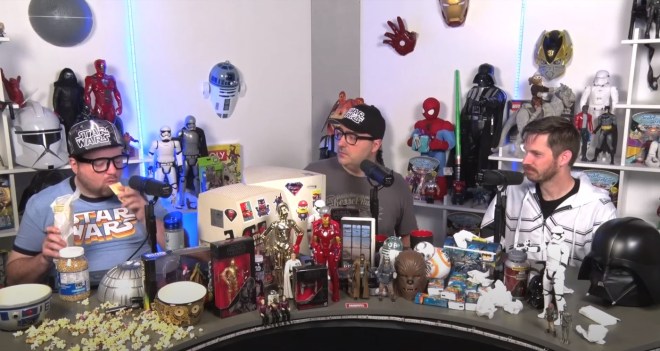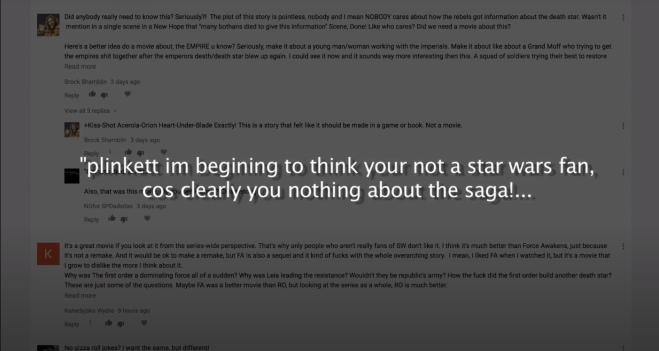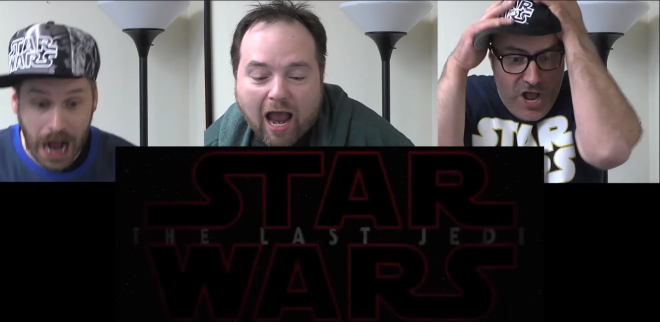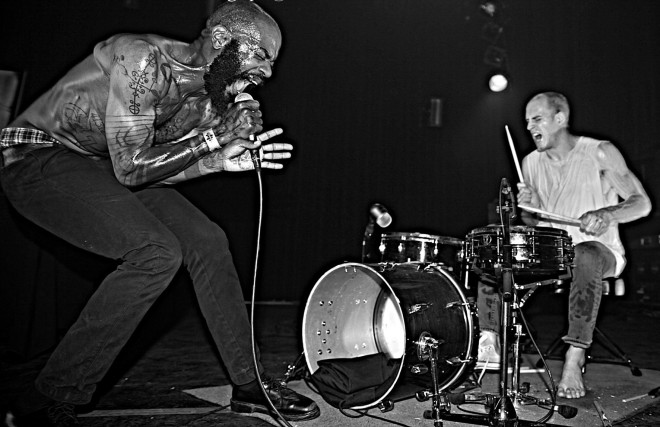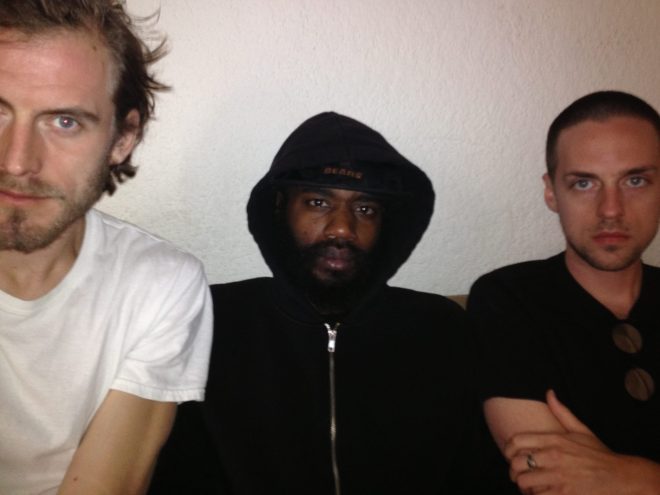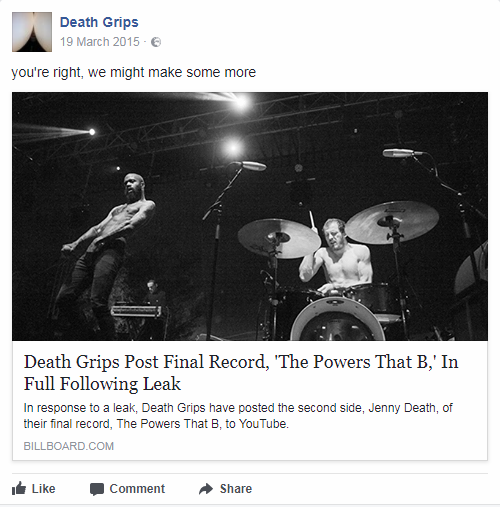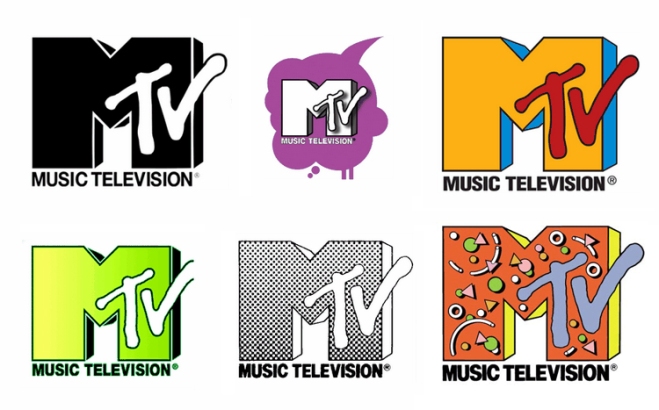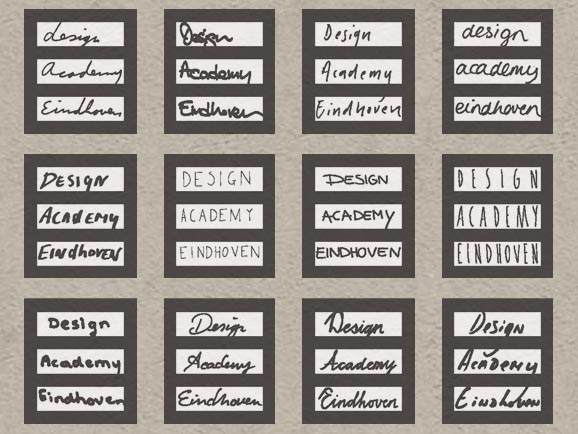The internet has massively changed the way people interact with content. In the pre internet era, people are given something, or given knowledge based on who they are and where they live. Everything is sort of curated and boxed in. For media, there are things to watch on TV but it is all made by huge companies and you have no way of having your point of view catered for, or shown, if it isn’t already. Newspapers hold one point of view and your experience and wisdom will come from yourself and those around you, unless you are lucky enough to travel the world.
In the modern day, the internet massively expands on content, media and interaction. If content on the internet was explained as lunch it would be like walking into a room, “someone points at the buffet and says, “Enjoy!” You turn to see a 100-foot-long buffet table, piled high with every kind of food imaginable. To be fair, some of the food is durian, head cheese, and chilled monkey brains, but that’s cool, some people are into those” (Wohl, 2016). Through this disintermediation, people now have (relatively) unfiltered access to whatever they want, whenever they want. There are different viewpoints, opinions, discussions and of course content: There are professional productions, amateur productions, fan productions and communities.
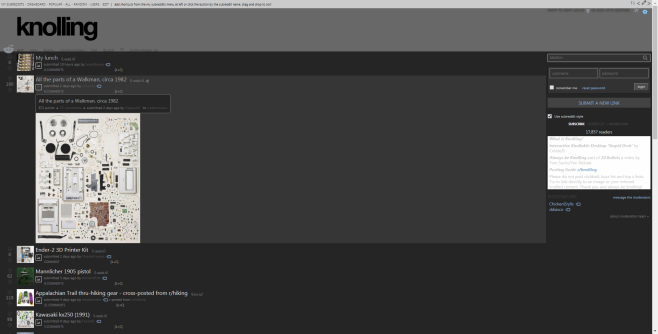
(/r/knolling, 2018)
As the internet has evolved from 1.0 to 2.0, it is now even easier to be a fan and interact with others. The internet has changed from a huge space, that is overwhelming to explore, to an interactive space where everything is connected. Social media enables fans to easily create communities and to find others which share the same passion and share content such as fanfiction and fan art. These fan communities are sort of an extension of fan clubs and fanzines although internet communities have the benefits of feeling a part of a real, active, community, having free access, no (or less) elitism as usually anyone can contribute and increased visibility. Some people are against the internet somewhat and believe that some of the old ways are better, for example, they may think that fan zines have a better standard of quality due to needing to be moderated and printed rather than a thoughtless post on the internet. (‘Zines and the Internet’, 2017)
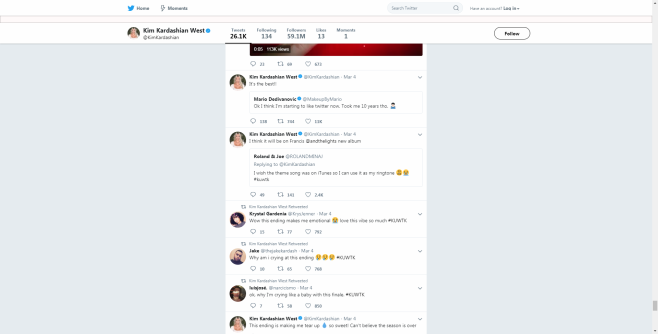
(Kardashian West, 2018)
Social media also enables fans to have a new dimension of interaction by having ‘direct’ contact with the thing/person they are a fan of. I say ‘direct’ because often social media is run by labels or social media managers and not the actual musician (or actor, etc.), although, whether people “are in fact communicating and making friends with the actual performer or with a record company employee does not seem all that important, for the outcome is the same” (Beer, 2008). People perceive the person to be them, if a fan sees an artist they like and they are verified on twitter for example, that is as good as them. If they interact with them, it feels as if they are getting somewhere and may have their query addressed, existence acknowledged or any sort of perceived closeness to their fandom.
Wohl, B. (2016) ‘The different fanfic eras explained as lunch’, 29 February. Available at: https://berlynn-wohl.tumblr.com/post/140241578518/the-different-fanfic-eras-explained-as-lunch (Accessed: 11 March 2018).
/r/knolling. (2018) Available at: https://www.reddit.com/r/knolling/ (Accessed: 11 March 2018)
‘Zines and the Internet’. (2017) Fanlore wiki. Available at: https://fanlore.org/wiki/Zines_and_the_Internet (Accessed: 11 March 2018).
Kardashian West, K. (2018) [Twitter] Available at: https://twitter.com/kimkardashian (Accessed: 11 March 2018).
Beer, D. (2008) ‘Making Friends with Jarvis Cocker: Music Culture
in the Context of Web 2.0’, Cultural Sociology, 2(2), p. 232. doi: 10.1177/1749975508091034.
